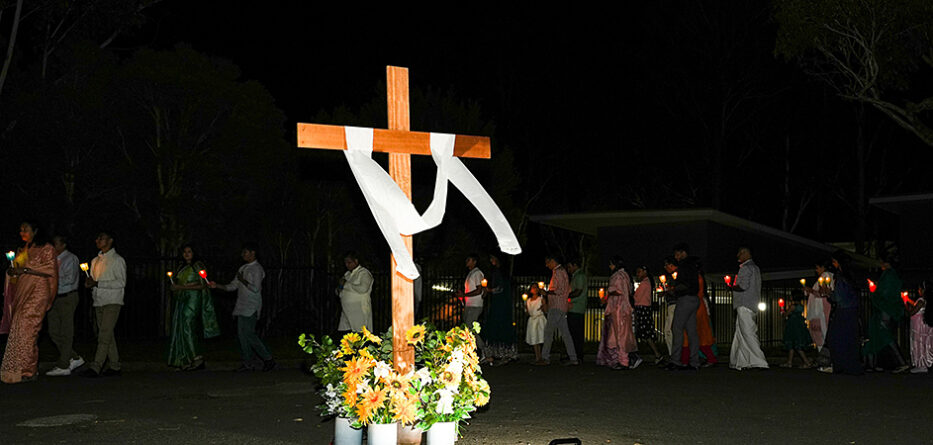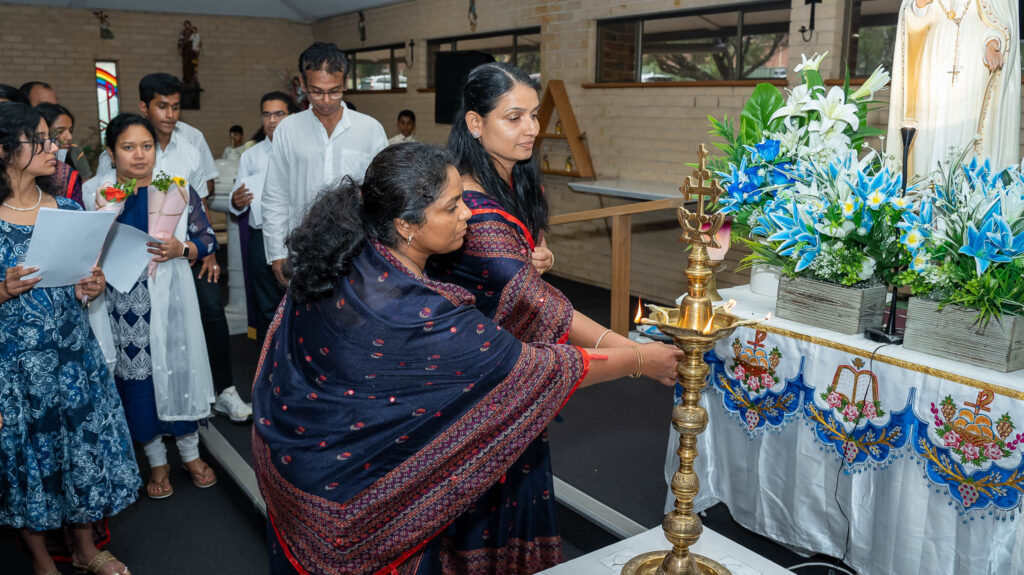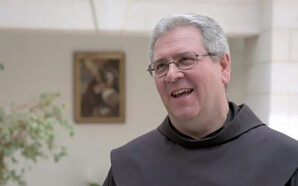The Syro-Malabar Church is one of the 23 autonomous Oriental/Eastern Catholic Churches based in Kerala, India and in full communion with the Apostolic See of Rome. It is the second largest Oriental Catholic Church and is known for its deep-rooted spirituality, and traces its origins to St Thomas the Apostle, who arrived in Kodungallur, Kerala, India, in 52AD.
Preparing for Easter starts with “the Great Lent”, or Valiaya Nomb, a 50-day period. It begins on Sunday at midnight, and the service of Ash on a Monday. Ash Monday and Good Friday are the days of obligatory fasting and abstinence.
Food plays a vital role in the Syro-Malabar community, serving as a tool for passing down faith and traditions. On the 41st day of Lent, families prepare “Kozhukotta,” a sweet rice dumpling symbolising the fragrant nard used to anoint Jesus before his passion. Maundy Thursday night sees the preparation of the “Passover Meal,” unleavened bread and a special drink, echoing the Israelites’ escape from Egypt and Jesus’ Last Supper with his disciples. These culinary traditions weave a tangible connection between past and present, faith and community.
For the Syro-Malabar faithful, Easter is not just a single day of celebration. Palm Sunday marks the beginning of a week dedicated to liturgical observance. Families abstain from meat, participate in church services, and engage in spiritual reflection. The tender coconut leaves received on Palm Sunday are a symbol of victory, while Good Friday is marked by prayer, fasting, and Stations of the Cross, allowing them to share in Christ’s suffering.
A deeply moving custom practiced for centuries is the singing of “Puthen Paana,” a ritual mourning song. Sung after the Passover meal and Good Friday services, it expresses the sorrow and anguish of Mother Mary through the eyes of the community, adding a profound emotional dimension to the commemoration.
The culmination of this spiritual journey arrives with the Easter Vigil. The candle procession, symbolic knocking open of the church door, and joyous shouts of “Hallelujah” announce the resurrection. The exchange of greetings, “The Messiah is risen!” and “Indeed the Messiah is risen!” fills the air with a tangible sense of triumph and hope.
The Syro-Malabar Easter traditions are more than just cultural practices; they are a living testament to faith and a powerful way of connecting with the past. By immersing ourselves in the customs, we gain a deeper understanding of the universal message of Easter: a message of hope, renewal, and the enduring power of faith.
The Syro-Malabar community in the Diocese of Parramatta has grown with waves of migration, bringing rich traditions and vibrant faith to our new home. Established in 2009, the St Alphonsa Mission has become a thriving hub for the community, offering regular Masses, catechism classes, and community gatherings.
Our unique Easter traditions serve as a reminder of the universality of our faith and the power of sharing cultural expressions within the broader Church community.
Fr Mathew Areeplackal is the Chaplain to the Syro-Malabar Community in the Diocese of Parramatta.
This article was originally published in the 2024 Easter | Autumn edition of the Catholic Outlook Magazine. You can read the digital version here or pick up a copy in your local parish.









